/cdn.vox-cdn.com/imported_assets/1954423/Aircraft.dc-10.750pix.jpg)
McDonnell Douglas' DC10 makes its last passenger flight today The Verge
The McDonnell Douglas DC-10 is an American trijet wide-body aircraft manufactured by McDonnell Douglas . The DC-10 was intended to succeed the DC-8 for long- range flights. It first flew on August 29, 1970; it was introduced on August 5, 1971, by American Airlines .
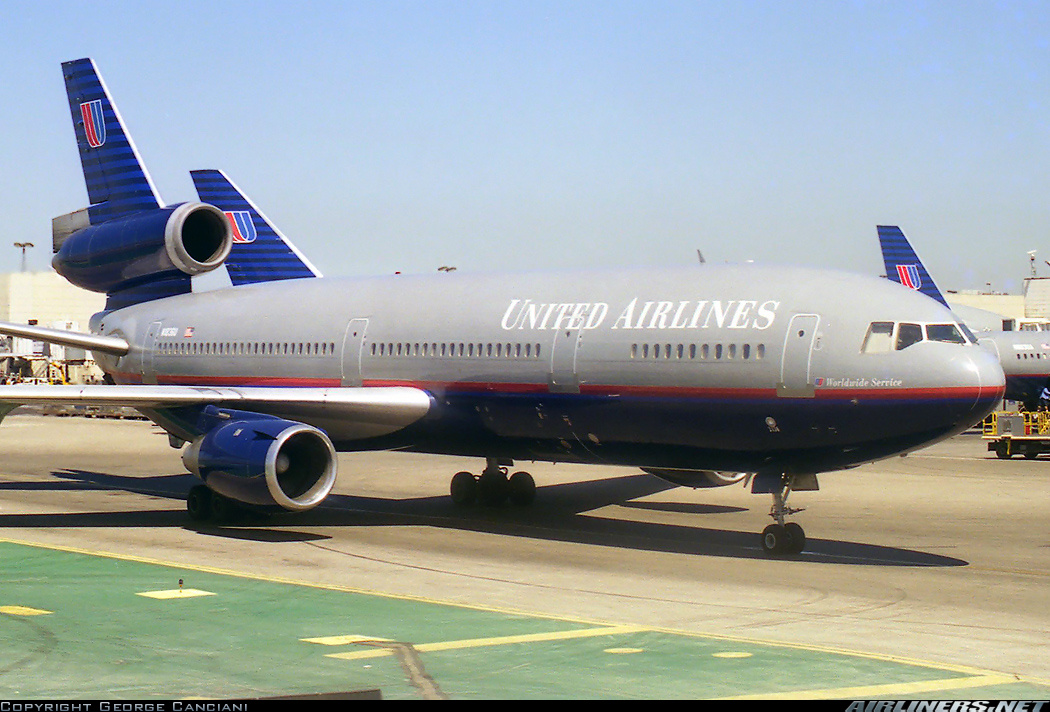
McDonnell Douglas DC1010 United Airlines Aviation Photo 1945879
The McDonnell Douglas DC-10 is a three-engine medium- to long-range widebody airliner, with two engines mounted on underwing pylons and a third engine at the base of the vertical stabilizer. The model was a successor to the company's DC-8 for long-range operations, and competed in the same markets as the Airbus A300, Boeing 747, and Lockheed L-1011 TriStar, which has a similar layout to the DC.

McDonnell Douglas (Boeing) DC10 Canadian Airlines
The McDonnell Douglas DC-10 is an American three-engine medium- to long-range widebody airliner, with two engines mounted on underwing pylons and a third engine at the base of the vertical stabilizer.
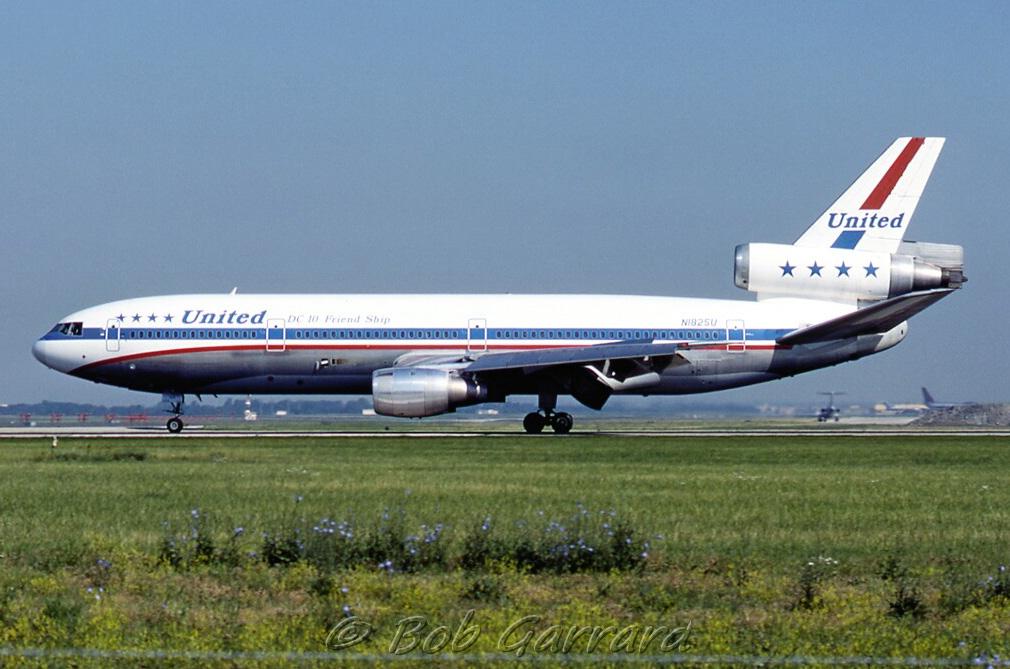
A Historical Look at the DC10 Before its Final Passenger Flight AirlineReporter
The DC-10 was a well-known tri-engine, widebody aircraft. In the days prior to ETOPS certification, the DC-10 was a well-renowned aircraft for long-haul, overwater flights. Plenty of airlines operated aircraft like these. One of those airlines was American giant United Airlines.

dc 10 planes Picture of the McDonnell Douglas DC1030 aircraft Aircraft, Vintage aircraft
The MD-10 conversion now falls under the Boeing Converted Freighter (BCF) program where Boeing's international affiliate companies perform the conversions. The MTOM of aircraft converted through the MD-10 program increases as follows: DC-10 Series 10: 202,304 kg with a payload of 65,091 kg for a non-stop range of approximately 2,000 nm;
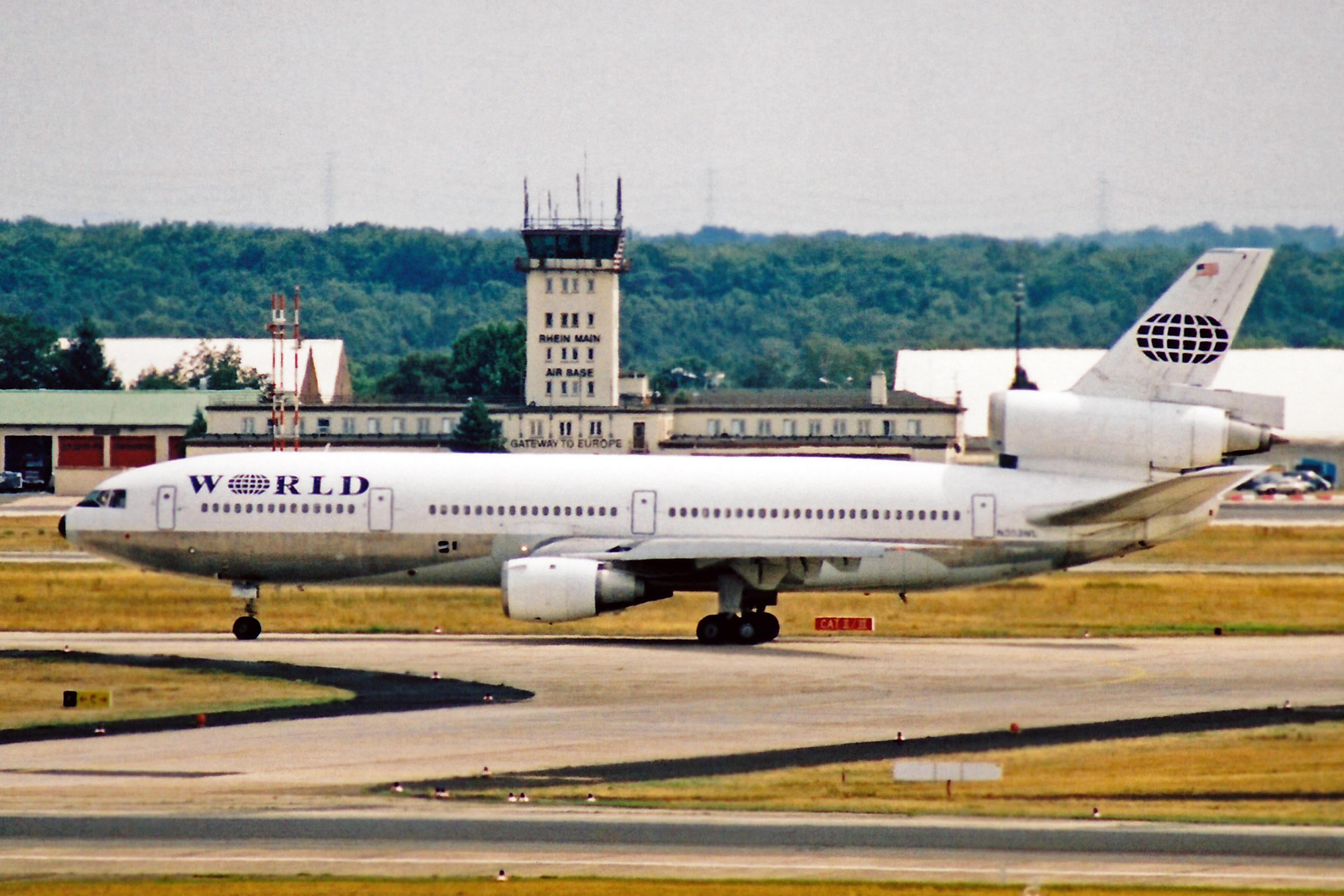
A Historical Look at the DC10 Before its Final Passenger Flight AirlineReporter AirlineReporter
McDONNELL DOUGLAS DC-10 AIRCRAFT HISTORY PICTURES AND FACTS - TRIJET 3 ENGINE COMMERCIAL AIRLINER THE BELOW LINKS CONTAIN DETAILED AIRLINE, MILITARY JETS, TEST AIRCRAFT, AIRPLANE FACT SHEETS AND AEROSPACE INFORMATION THE BELOW LINKS CONTAIN AVIATION, MILITARY, AIRCRAFT VIDEOS, PICTURES, FACTS, INFORMATION, AUDIO, HISTORY, MOVIES AND PHOTOS
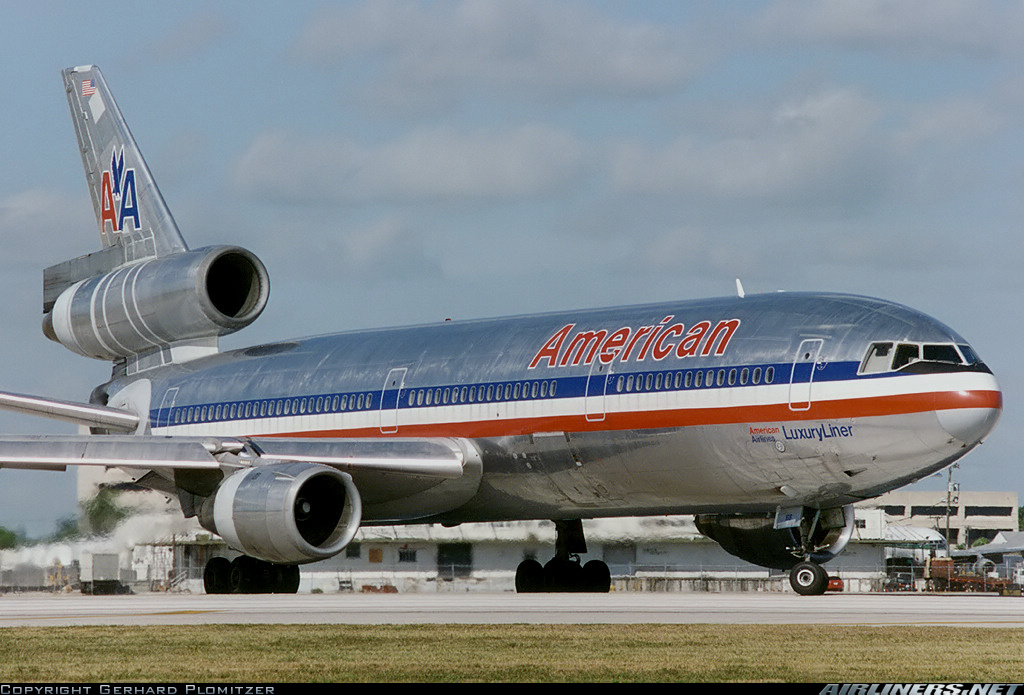
McDonnell Douglas DC1010 American Airlines Aviation Photo 1412127
Description Manufacturer: McDonnell Douglas Country: United States Manufactured: 1970 to: 1981 ICAO: DC10 Price: US$20 million (1972) Performance Weights Dimensions Avionics: Engine: 3x GE CF6-6D Turbofan Power: 40,000 pound-force Max Cruise Speed: 507 knots 939 Km/h Approach Speed (Vref): 149 knots

Aircraft McDonnell Douglas DC10 Twin Northwest Airlines History Center
Published Nov 30, 2020. The McDonnell Douglas DC-10 was a notable, and even notorious, part of American Airlines' long-haul fleet. With 66 DC-10s registered with the airline, many were delivered throughout the 70s and 80s, even joining in the late 90s. However, the aircraft was retired from the fleet in October of 2000.

N126AA American Airlines McDonnell Douglas DC1010 Photo by Rémi Dallot ID 1112564
Although originally conceived as a twinjet, the DC-10 gained a third engine at the base of its vertical tail to meet an American Airlines requirement that the aircraft be capable of operating from existing runways. The DC-10 subsequently was launched in February 1968 with orders from American and United. First flight took place on August 29 1970.
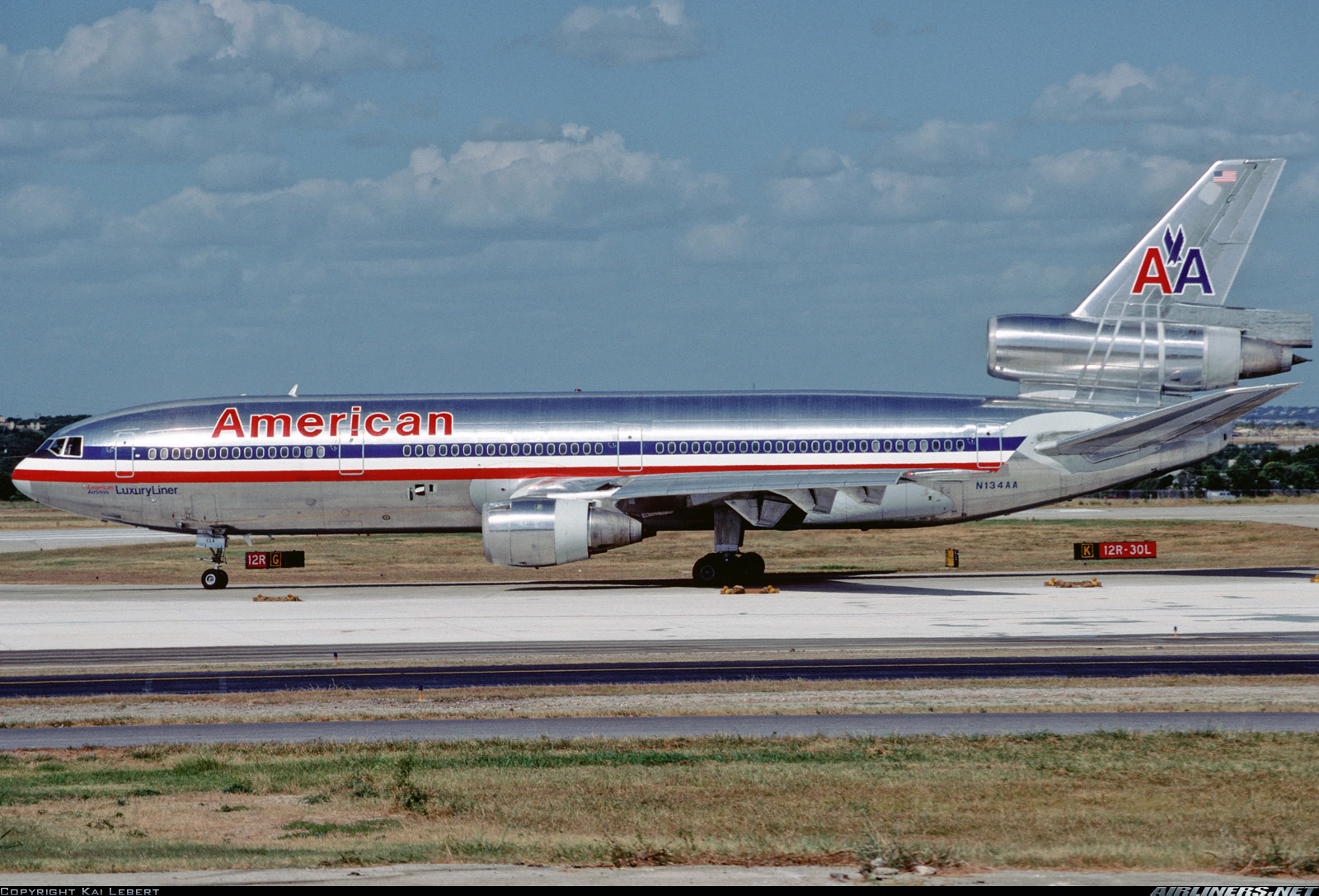
McDonnell Douglas DC1010 American Airlines Aviation Photo 1390437
Updated Aug 21, 2023 The type no longer sees passenger service today. Photo: contri via Flickr This month marks years since the McDonnell Douglas DC-10's first-ever flight on August 29th, 1970. Almost 400 examples of the three-engine widebody, which served as a predecessor to the McDonnell Douglas MD-11, were built over a 20-year production cycle.
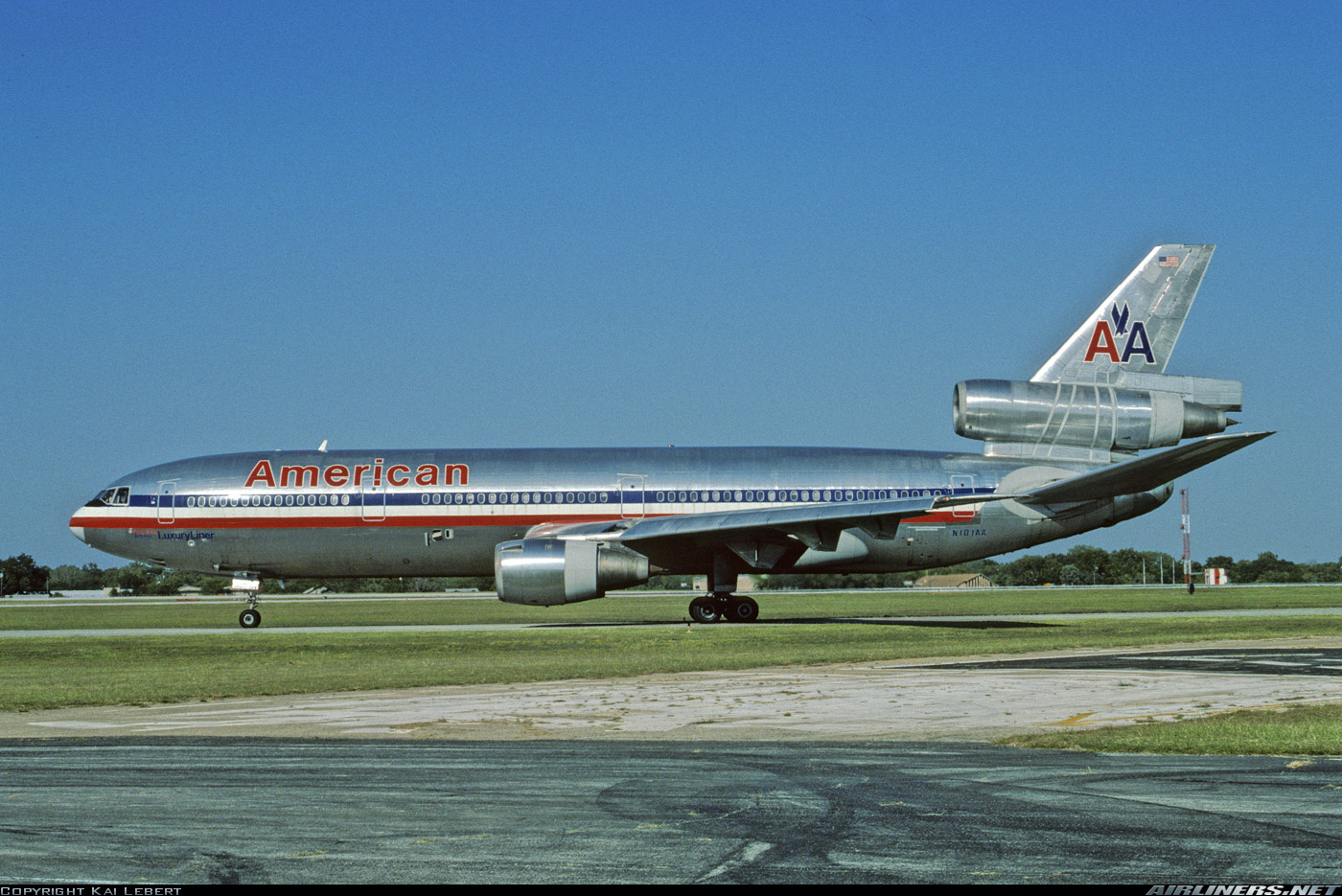
McDonnell Douglas DC1010 American Airlines Aviation Photo 1279264
American Airlines Flight 191, a DC-10, experienced a number 1 (left wing) engine/strut failure, and subsequent engine and strut separation, on takeoff from Chicago, O'Hare Airport on May 25, 1979.. In contrast to the DC-9, a smaller McDonnell-Douglas aircraft, an engine change took approximately four hours. On the DC-10, an engine change.

Douglas DC10 Jet November 2014
The DC-10 was designed and built in Long Beach, California. After going into production in January 1968, 386 commercial units were delivered, along with 60 KC-10 tanker/cargo models. The plane was billed to succeed the Douglas DC-8 narrowbody airliner in the long-haul market.
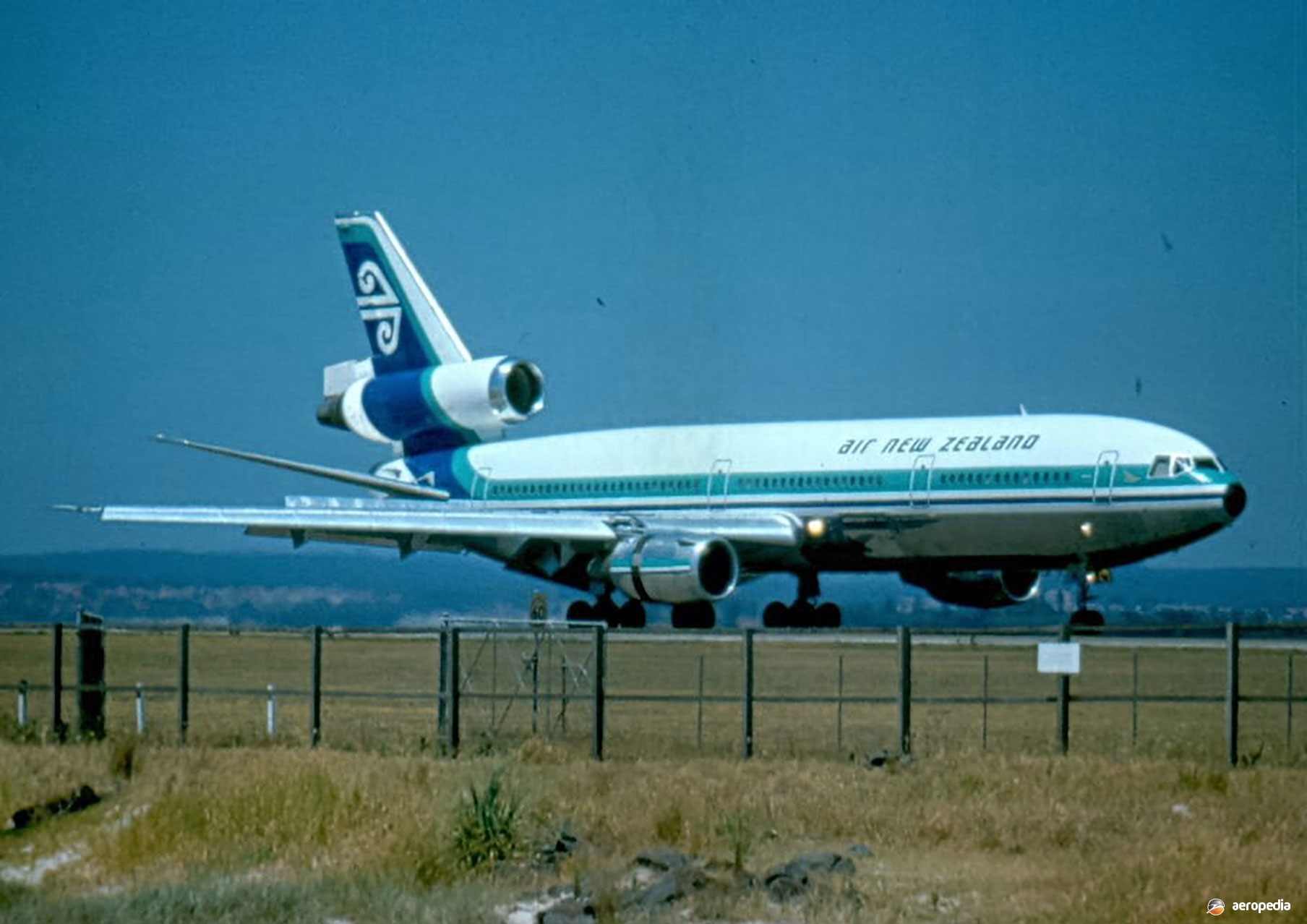
Mcdonnnell Douglas Dc10 · The Encyclopedia of Aircraft David C. Eyre
Douglas' DC-10 offered the step in capacity (40 First Class + 196 Economy Class seats, plus containerized cargo) between the 727 and 747 that Northwest wanted for routes such as Seattle-Spokane-Minneapolis-Chicago-Atlanta-Miami but also the legs to run Seattle-Tokyo if needed. In fact the DC-10 was scheduled on runs to Asia early in its.

McDonnell Douglas DC1010 United Airlines Aviation Photo 1127067
The McDonnell Douglas DC-10 was one of several "tri-engine" jet-powered airliners developed into the 1970s. The aircraft marked the first airliner product following the merger of aviation concerns McDonnell and Douglas. Design work began in February of 1968 in respond to a long-range wide body airliner requirement from American Airlines.

McDonnell Douglas DC10 & Boeing MD10 picture 04 Barrie Aircraft Museum
The Douglas DC-10 is a trijet designed and developed by McDonnell Douglas in the late 1960s. With the introduction of the Boeing 747 quadjet, Douglas came with its version of the widebody jet, with two engines mounted on the wing and the third in front of the vertical stabilizer.
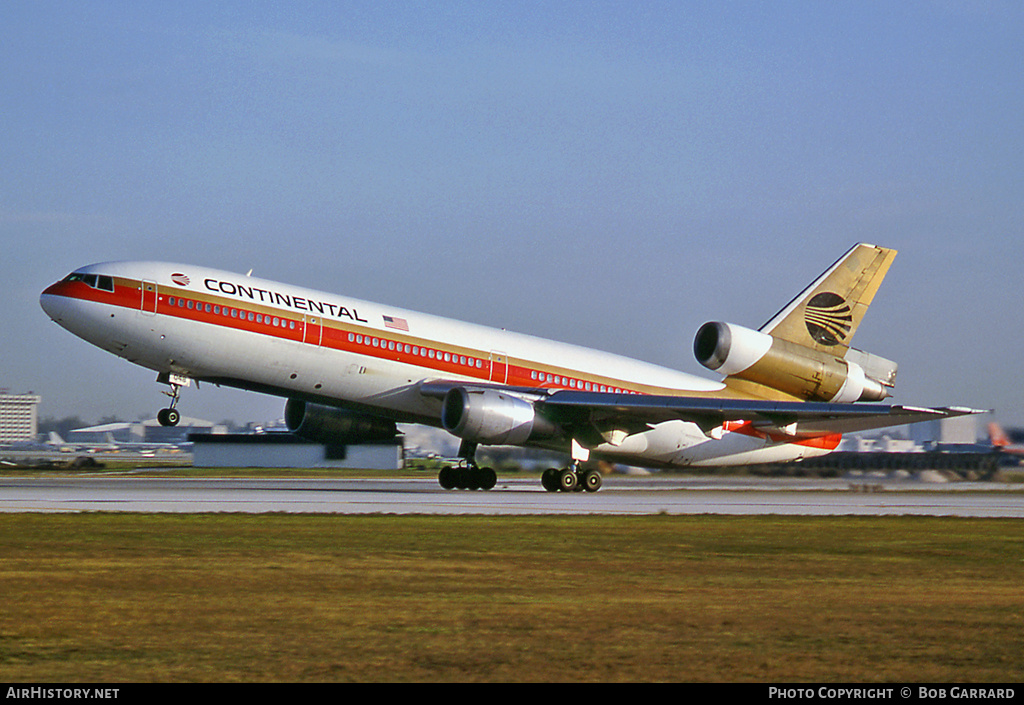
Aircraft Photo of N68048 McDonnell Douglas DC1010 Continental Airlines 42438
10 Tanker's DC-10s are some of the most efficient and advanced air tankers operating. The aircraft are modified by removing the center gear to feature a gravity feed tank system carrying up to 11,600 gallons of water or fire retardant known as Phos-Chek.